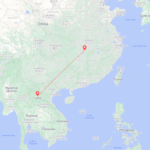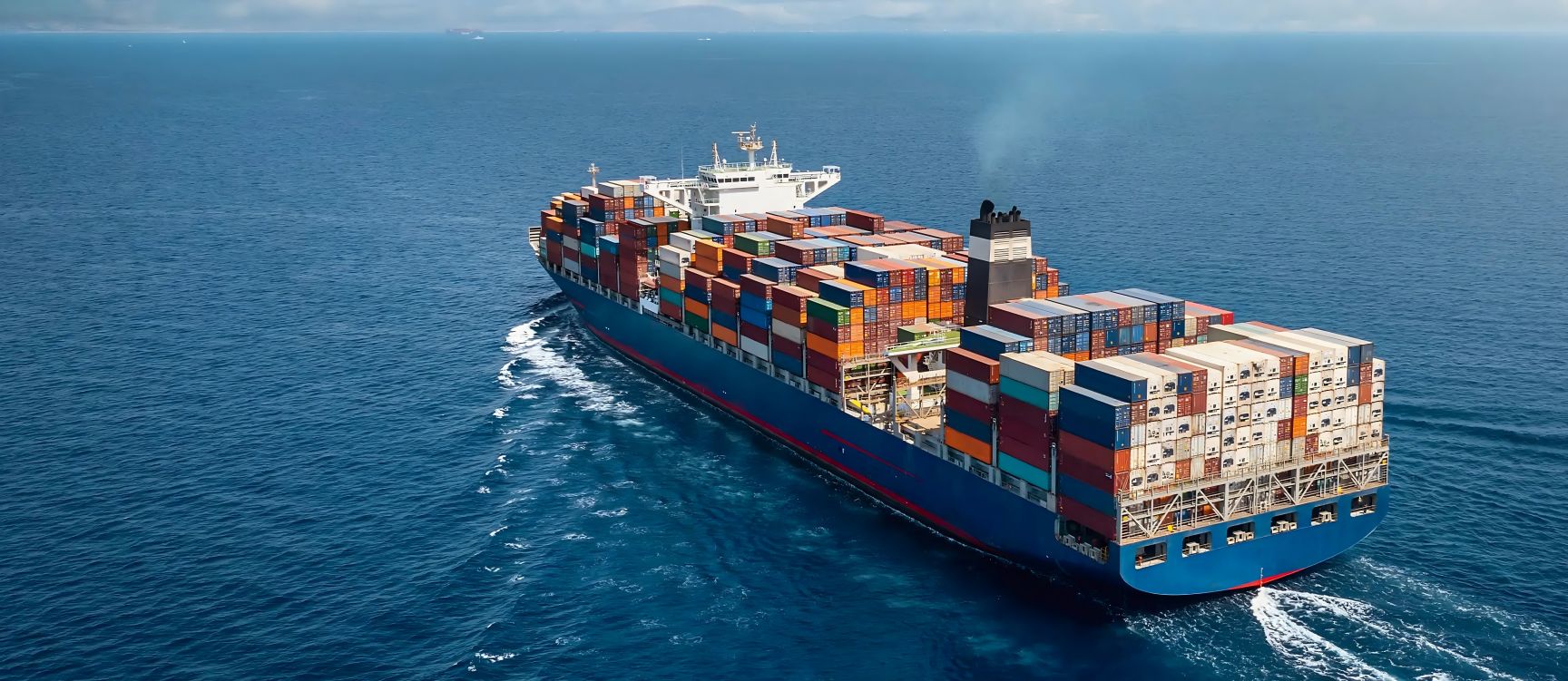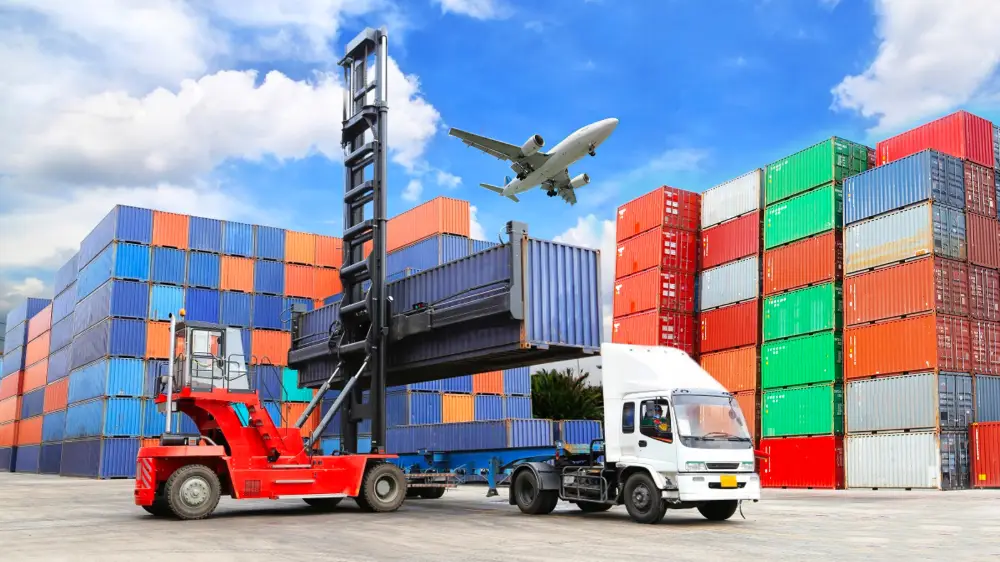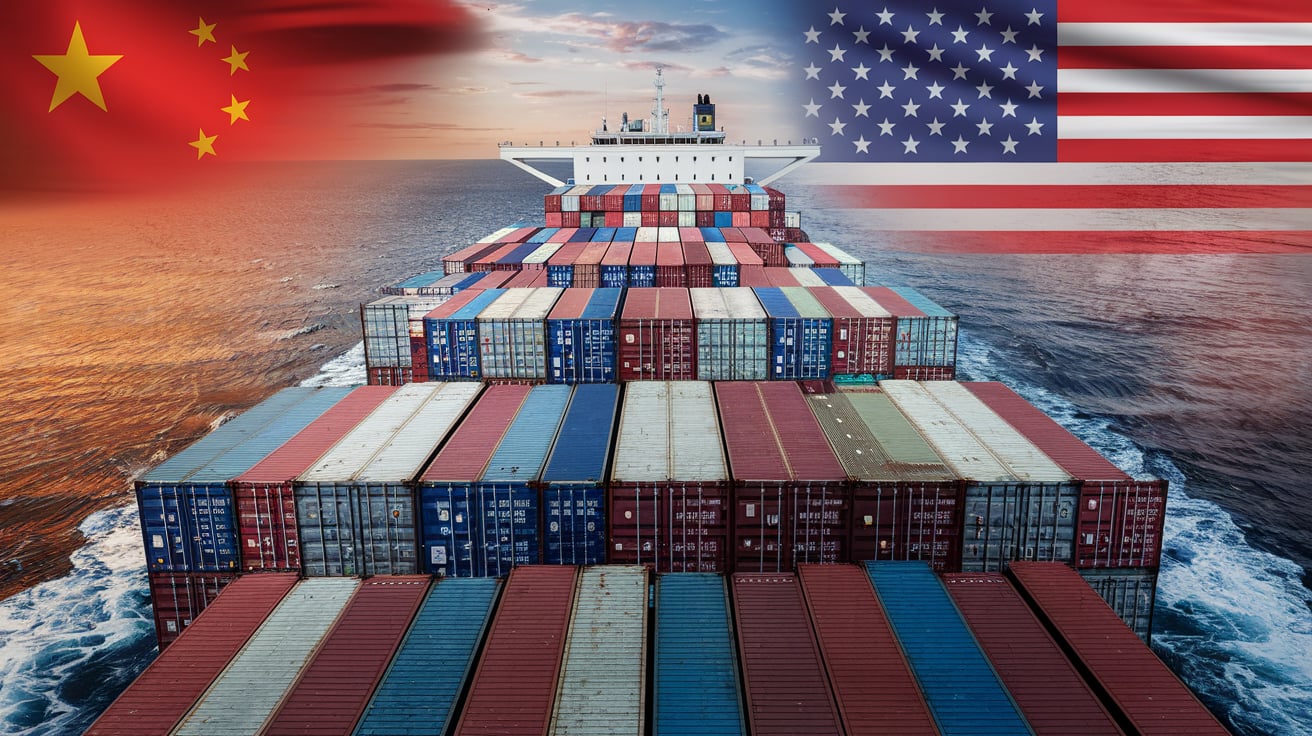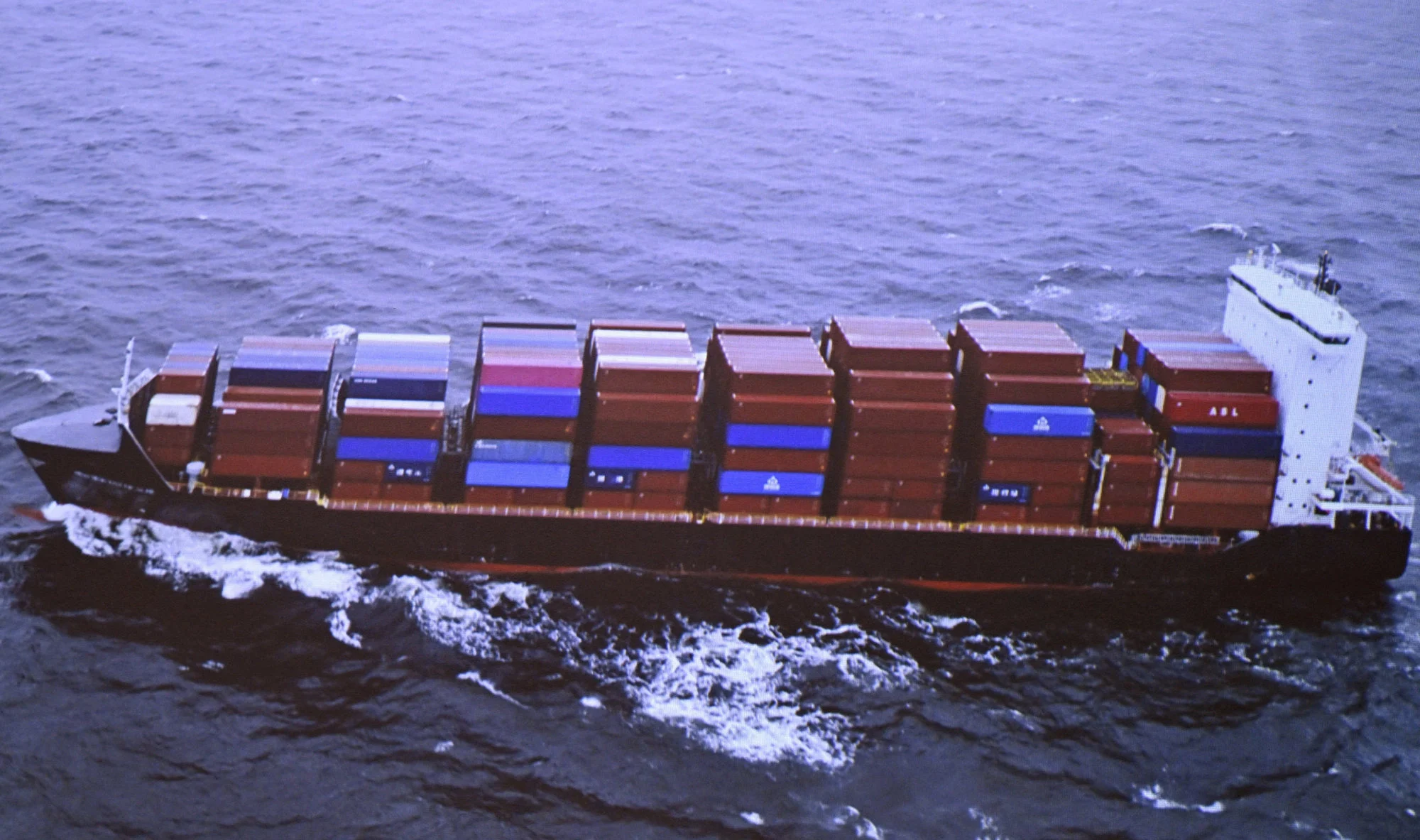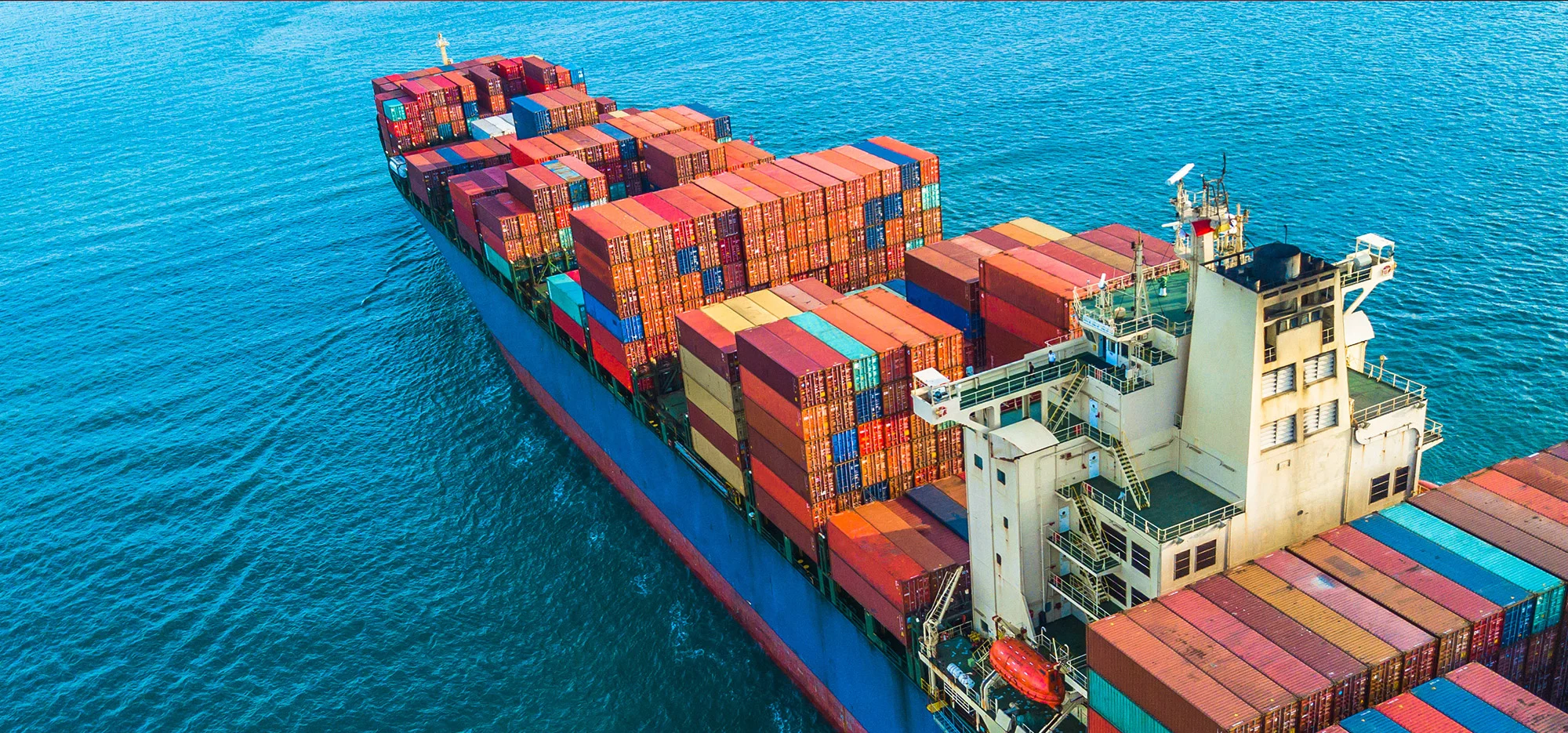Importing goods from China to Serbia can be a complex process, but understanding the sea freight procedure can significantly ease the journey. Sea freight is not only a cost-effective choice for transporting large volumes of cargo but also provides a range of services tailored to meet diverse shipping needs. In this comprehensive guide, we will break down the entire process of sea freight, from selecting the right shipping method and understanding crucial documentation to navigating customs clearance and calculating shipping costs and times. By the end of this guide, you’ll be equipped with the essential knowledge needed to successfully import goods from China to Serbia, ensuring a smooth and efficient logistics experience.
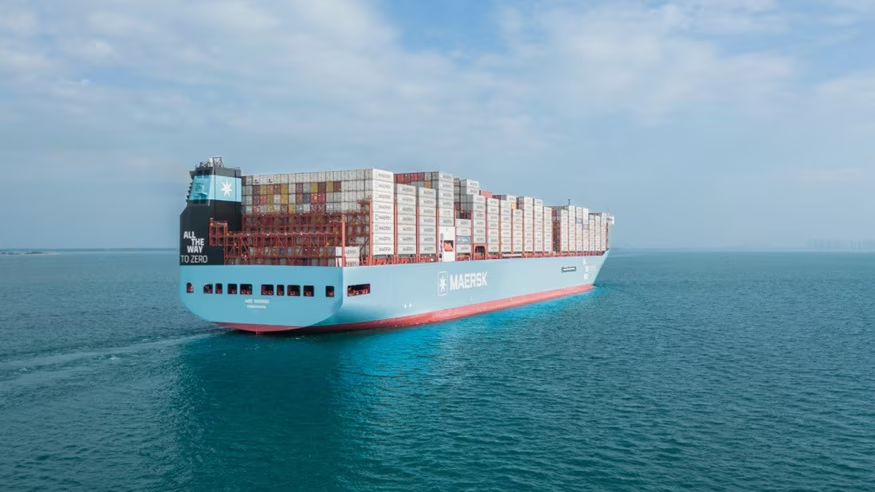
Understanding Sea Freight
Sea freight refers to the transportation of goods via ocean shipping. It is a method used primarily for bulk shipments, and it involves the use of container ships to move cargo over vast distances. For businesses looking to import goods from China, sea freight is often the preferred choice due to its competitive pricing, especially for larger volumes of goods.
Choosing sea freight offers several advantages:
- Cost-Effectiveness: Compared to air freight, sea freight is generally more affordable, making it an attractive option for companies looking to minimize logistics expenses.
- Capacity: Ocean vessels can carry substantial volumes of cargo, making them ideal for large shipments.
- Environmental Impact: While all forms of transport have an environmental footprint, shipping by sea tends to have a lower carbon footprint per ton of cargo compared to air transport.
Benefits of Sea Freight for Importing Goods
When importing goods from China via sea freight, businesses can take advantage of various benefits:
-
Diverse Options: Sea freight offers several shipping methods, such as Full Container Load (FCL) and Less than Container Load (LCL), allowing importers to select the most suitable option based on their needs.
-
Reduced Risk of Damage: Shipping goods in containers provides additional protection against damage and theft.
-
Flexible Scheduling: With multiple shipping lines operating on various routes, importers can benefit from flexible transit schedules, accommodating different timelines.
-
Availability of Services: Many freight forwarders, like Dantful International Logistics, offer comprehensive services, including customs clearance, insurance services, and warehouse facilities, ensuring a smooth shipping process.
Key Considerations for Shipping from China to Serbia
When planning to import goods from China to Serbia via sea freight, several critical considerations should be taken into account.
Shipping Methods
Importers can choose from various shipping methods, including:
-
Full Container Load (FCL): This option is ideal for those with large shipments, providing a dedicated container for their goods. FCL is typically more cost-effective per unit than LCL, as it minimizes handling and reduces the risk of damage.
-
Less than Container Load (LCL): For smaller shipments that do not fill a full container, LCL allows importers to share container space with others. This method can be more economical for smaller businesses or lower-volume shipments but may involve longer transit times due to additional handling.
Shipping Routes
The shipping routes from China to Serbia often involve transit through major ports before reaching the final destination. Common shipping routes include:
- Shanghai to Belgrade: This route is frequently used due to Shanghai being one of the largest ports globally.
- Shenzhen to Belgrade: Another popular route, as Shenzhen is a significant hub for exports from China.
Both routes typically involve transshipment at major European ports such as Hamburg or Rotterdam before cargo is forwarded to Serbia.
Required Documents
Successful importation requires the correct documentation to ensure compliance with regulations. Key documents include:
-
Bill of Lading (B/L): This pivotal document serves as a receipt for the cargo and a contract of carriage between the shipper and the carrier.
-
Commercial Invoice: This document details the transaction, including the value of the goods and terms of sale.
-
Packing List: An inventory of the shipped goods, providing details about packing and quantities.
-
Certificate of Origin: This verifies the origin of the goods, which may impact tariffs and duties during customs clearance.
Customs Clearance
Navigating customs is a crucial step in the shipping process. Importers should consider:
-
Tariffs and Duties: Understanding the applicable tariffs and duties when importing goods to Serbia is essential to avoid unexpected costs. Importers should consult with their freight forwarder or customs broker to ensure compliance and proper classification of goods.
-
Customs Documentation: Properly preparing all necessary documentation in advance can expedite the customs clearance process. Engaging a professional service like Dantful Logistics can facilitate smoother customs handling.
-
Local Regulations: Familiarity with Serbian import regulations, including any restrictions or additional requirements for specific products, can prevent delays and ensure compliance.
Engaging a reliable freight forwarder, such as Dantful International Logistics, can significantly ease the complexities of sea freight and customs handling, providing a comprehensive, cost-effective, and high-quality international logistics service tailored for global traders.
Shipping From China to Middle East Countries:
- Shipping from China to Saudi Arabia
- Shipping from China to UAE
- Shipping from china to KUWAIT
- Shipping From China To EGYPT
- Shipping from China to Bahrain
- Shipping From China To Jordan
- Shipping From China To Israel
- Shipping from China to Qatar
- Shipping From China To IRAQ
- Shipping from China to Iran
Major Ports for Sea Freight
Top Chinese Ports for Exporting to Serbia
China is home to numerous bustling ports that facilitate international trade. For shipments destined for Serbia, the following ports are particularly noteworthy:
| Port | Description |
|---|---|
| Shanghai | The largest port in China and one of the busiest globally, offering extensive services and connections to Europe. |
| Shenzhen | Known for its proximity to major manufacturing hubs, Shenzhen is a key export point for various goods. |
| Ningbo | This port is strategically located near major industrial areas and serves a significant volume of trade. |
| Guangzhou | A vital port in southern China, recognized for its diverse shipping options and efficient operations. |
| Xiamen | Though smaller, Xiamen’s port provides specialized services for certain types of cargo, including electronics. |
These ports offer a range of shipping options, ensuring that businesses can find the most suitable method for their needs when exporting to Serbia.
Key Serbian Ports for Imports
Upon arrival in Serbia, cargo typically goes through key ports that handle international shipments:
| Port | Description |
|---|---|
| Port of Belgrade | The largest river port in Serbia, located on the Sava River, facilitating inland shipping and logistics. |
| Port of Novi Sad | Positioned on the Danube River, this port handles bulk cargo and is integral to Serbia’s trade. |
| Port of Pancevo | Located near the capital, this port focuses on industrial goods and offers robust logistics solutions. |
These ports are equipped to handle various types of cargo and provide essential services for importers.
The Sea Freight Shipping Process Step-by-Step
Navigating the sea freight shipping process from China to Serbia involves several critical steps, each of which plays an essential role in ensuring smooth logistics.
1. Obtaining a Freight Quote and Booking
-
Providing Shipment Details to the Freight Forwarder: Importers must provide comprehensive information about the shipment, including dimensions, weight, and nature of the goods.
-
Agreeing on Shipping Terms and Rates: Once the details are submitted, freight forwarders will outline the shipping options, including costs, transit times, and services provided. Understanding terms like Cost, Insurance, and Freight (CIF) or Free on Board (FOB) is crucial at this stage.
-
Confirming the Booking: After reviewing the options, importers confirm their preferred choice by signing a contract with the freight forwarder.
2. Cargo Pick-Up and Delivery to the Port
-
Arranging for Cargo Pick-Up from the Supplier: The freight forwarder typically handles the logistics of collecting the cargo from the supplier’s facility.
-
Transporting the Goods to the Port of Departure in China: The cargo is transported to the port, where it will be loaded onto the vessel. Timely delivery to the port is essential to meet shipping schedules.
3. Export Customs Clearance in China
-
Submitting Required Documents: Essential documentation such as the bill of lading, commercial invoice, and packing list must be submitted for clearance.
-
Paying Export Duties and Taxes: Depending on the nature of the goods, exporters may need to pay specific duties or taxes before the cargo is cleared for export.
4. Loading and Ocean Transportation
-
Loading the Cargo onto the Vessel: Once cleared, the cargo is loaded onto the designated vessel for transportation to Serbia.
-
Transit Time from China to Serbia: The typical transit time can range from 25 to 40 days, depending on the shipping route and port conditions. Notably, various factors such as weather and port congestion may affect the overall shipping duration.
5. Import Customs Clearance in Serbia
-
Submitting Import Documents: Upon arrival, the importer must present all necessary documentation to Serbian customs authorities, including the bill of lading, invoice, and packing list.
-
Paying Import Duties and Taxes: Importers must also pay applicable duties and taxes to clear their cargo. Knowledge of the customs tariffs for specific goods is important to avoid unexpected costs.
6. Cargo Unloading and Delivery to the Final Destination
-
Unloading the Cargo at the Port of Arrival in Serbia: After customs clearance, the cargo is unloaded from the vessel at the respective Serbian port.
-
Arranging for Final Delivery to Your Warehouse or Facility: The freight forwarder typically assists in organizing the final leg of transportation, ensuring that goods reach their designated warehouse or facility promptly.
By engaging a professional freight forwarder like Dantful International Logistics, businesses can leverage a highly professional, cost-effective, and high-quality service that streamlines the entire shipping process, supporting importers every step of the way.
You may be interested in the following related articles:
Shipping Costs from China to Serbia by Sea Freight
Understanding the costs associated with sea freight is essential for importers looking to budget effectively and optimize their logistics operations.
Breakdown of Sea Freight Costs
The overall shipping costs from China to Serbia can vary based on several factors, including the nature of the cargo, the chosen shipping method, and additional services required. Below is a detailed breakdown of typical costs involved in sea freight:
| Cost Component | Description |
|---|---|
| Freight Charges | The primary cost of transporting goods, which can vary based on shipping method (FCL or LCL) and carrier. |
| Port Charges | Fees associated with using port facilities, including loading, unloading, and terminal handling charges. |
| Customs Duties and Taxes | Government-imposed fees on imported goods that vary by product type and value. |
| Insurance | Optional but recommended to safeguard against loss or damage during transit. Typically calculated as a percentage of the cargo value. |
| Documentation Fees | Costs for preparing and processing necessary shipping documents, such as bills of lading and invoices. |
| Delivery Charges | Costs associated with transporting goods from the port to the final destination, including local logistics services. |
These costs can be affected by fluctuations in fuel prices, currency exchange rates, and seasonal demand, making it essential for importers to obtain quotes from multiple freight forwarders.
Tips for Reducing Shipping Expenses
Importers can implement several strategies to reduce their shipping costs effectively:
-
Consolidate Shipments: Whenever possible, consolidate smaller shipments into a single larger shipment to take advantage of FCL rates, which are typically lower per unit than LCL.
-
Negotiate Rates: Establishing a relationship with your freight forwarder can provide opportunities for negotiating better rates based on regular shipping volumes.
-
Choose Off-Peak Shipping: Scheduling shipments during off-peak times can lead to lower rates, as demand for shipping space may decrease during these periods.
-
Optimize Packaging: Ensuring that goods are packed efficiently can reduce their size and weight, potentially lowering transportation costs.
-
Utilize Technology: Taking advantage of freight management software can help track shipments, optimize routes, and manage logistics, leading to cost savings.
Implementing these practices can lead to significant reductions in overall shipping expenses, making sea freight a more attractive option for importing goods from China.
Shipping Times from China to Serbia by Sea Freight
The time it takes to transport goods from China to Serbia via sea freight can significantly influence business operations. Understanding the typical transit times and factors affecting delivery schedules is crucial for effective planning.
Port-to-Port Delivery
Typical Transit Times for Major Port Pairs
Below are estimated transit times for key port pairs from China to Serbia, which can vary based on several factors, such as shipping routes, carrier efficiency, and port congestion:
| Port Pair | Typical Transit Time |
|---|---|
| Shanghai to Belgrade | 30-40 days |
| Shenzhen to Belgrade | 28-38 days |
| Ningbo to Belgrade | 32-42 days |
| Guangzhou to Belgrade | 34-44 days |
These times are based on standard shipping schedules and can be affected by transshipment times at European ports, as well as customs clearance procedures.
Factors Affecting Port-to-Port Delivery Times
Several factors may impact the speed of sea freight delivery, including:
-
Weather Conditions: Adverse weather can delay shipping schedules and cause port closures.
-
Port Congestion: High traffic at ports can lead to longer waiting times for loading and unloading cargo.
-
Customs Processing: Delays in customs clearance upon arrival can extend the overall delivery time. Proper documentation and compliance can help mitigate this risk.
-
Vessel Schedules: Shipping line operations and schedules may vary, affecting the frequency of sailings and overall transit times.
Door-to-Door Delivery
When utilizing door-to-door shipping services, the overall delivery time from China to Serbia will include not just the ocean transit but also the time taken for land transportation and customs clearance at both ends.
-
Door-to-Door Transit Times: Typically, door-to-door delivery can take an additional 5-10 days on top of the port-to-port shipping time, depending on the distance from the port to the final destination in Serbia.
-
Comprehensive Logistics Solutions: Engaging a professional freight forwarder like Dantful International Logistics can simplify the door-to-door process by providing seamless coordination between ocean transport, customs clearance, and final delivery to the importer’s facility.
Understanding the nuances of shipping costs and times can enable businesses to make informed decisions when importing goods from China to Serbia, ensuring efficient logistics management and optimal operational performance.

Young Chiu is a seasoned logistics expert with over 15 years of experience in international freight forwarding and supply chain management. As CEO of Dantful International Logistics, Young is dedicated to providing valuable insights and practical advice to businesses navigating the complexities of global shipping.








